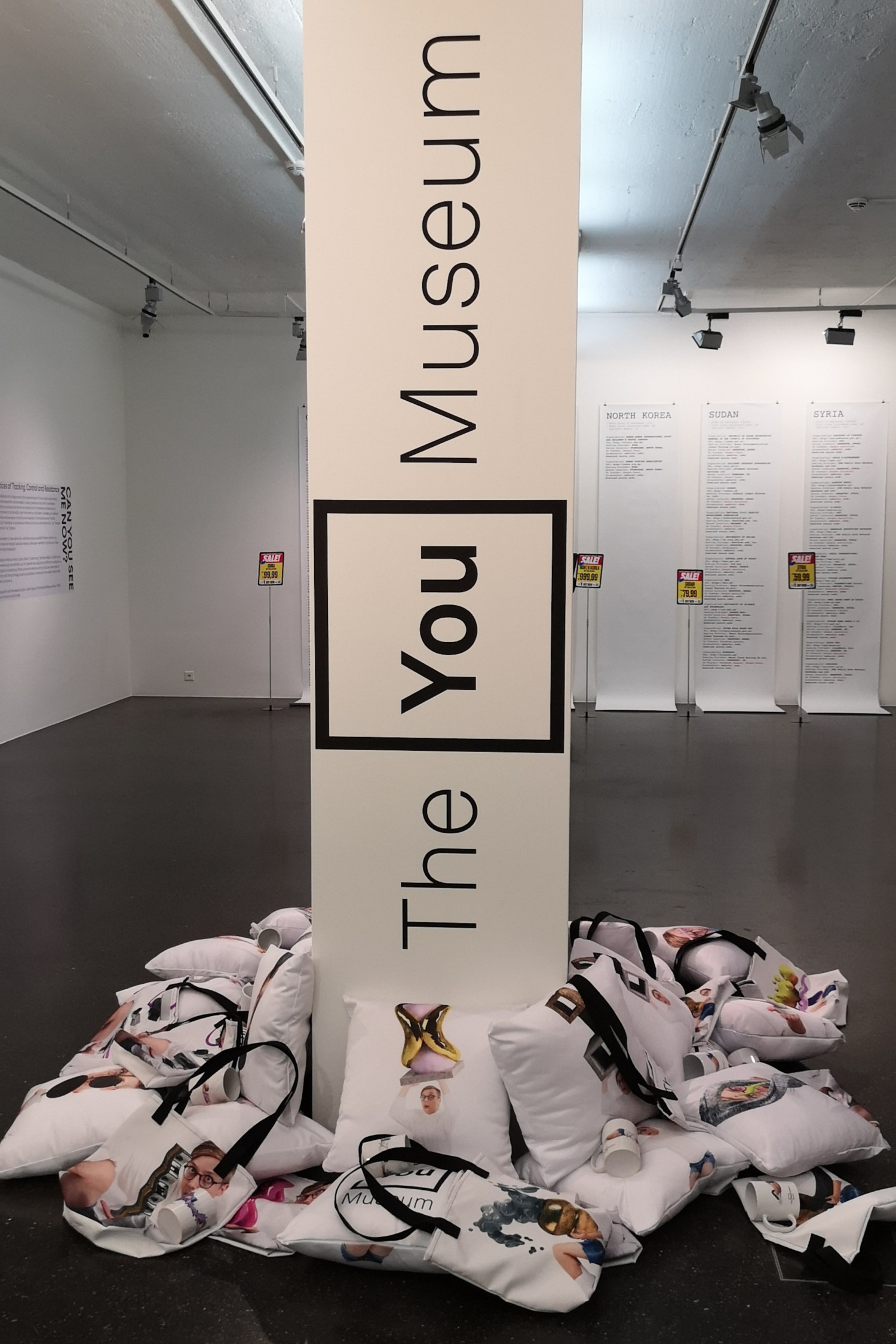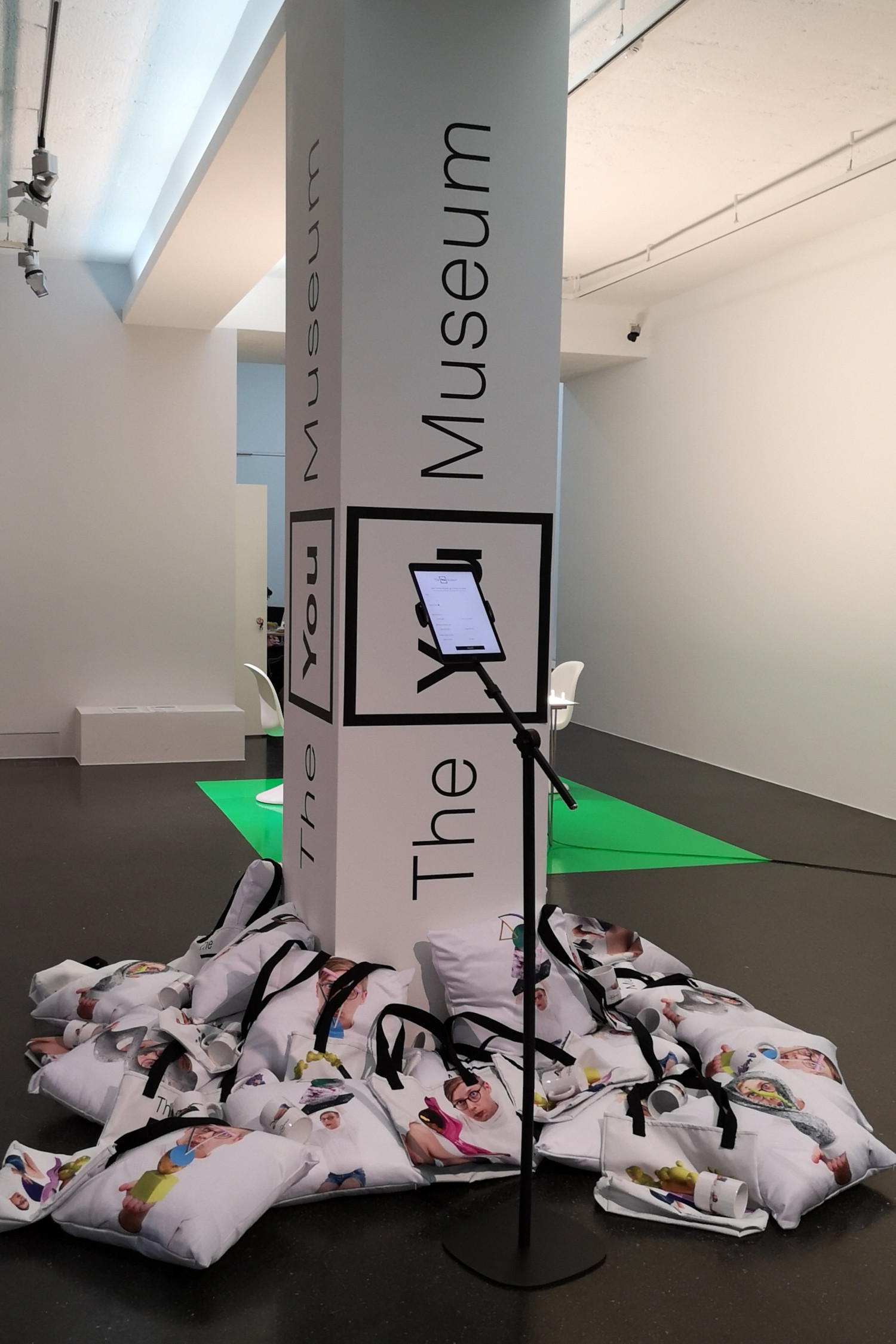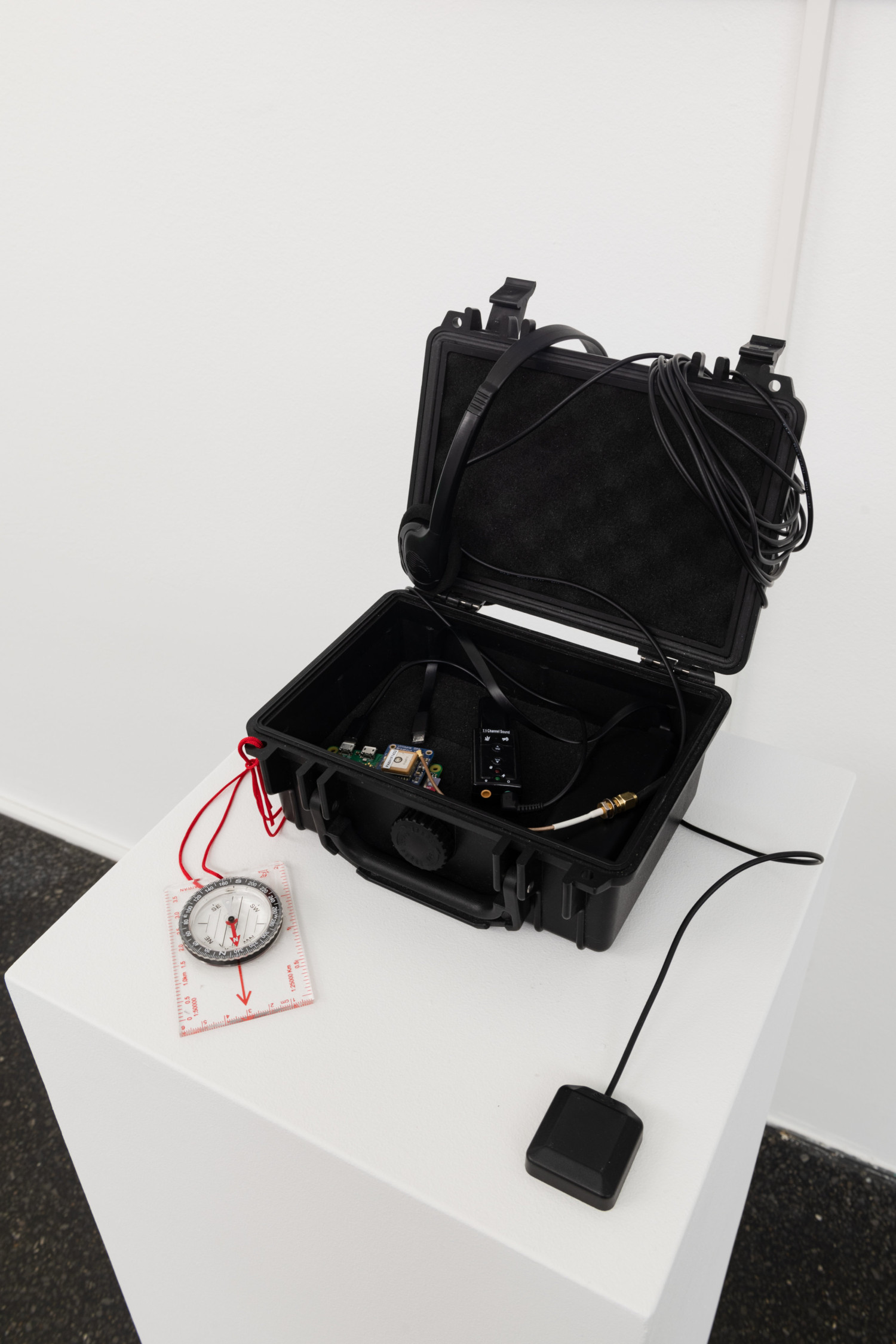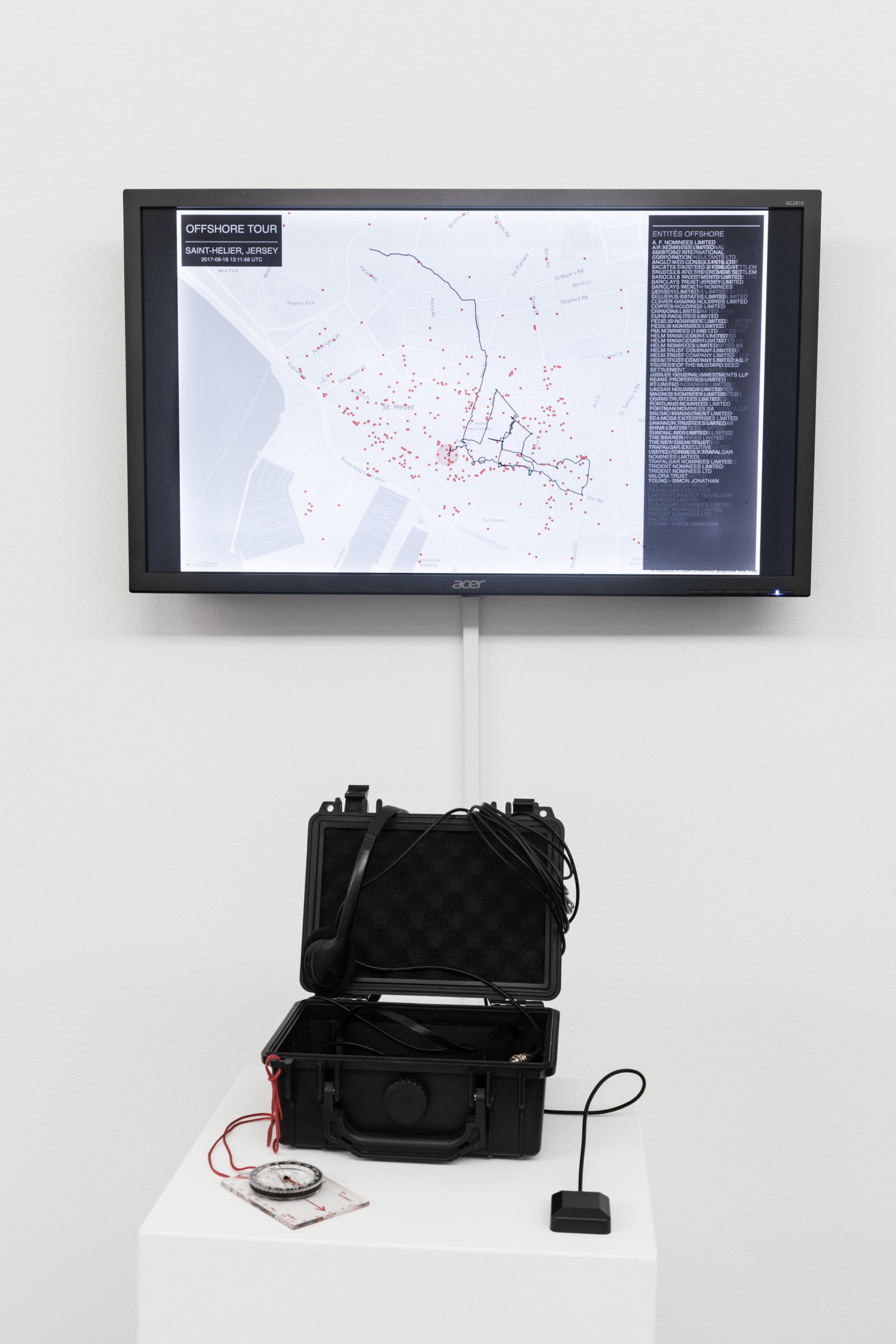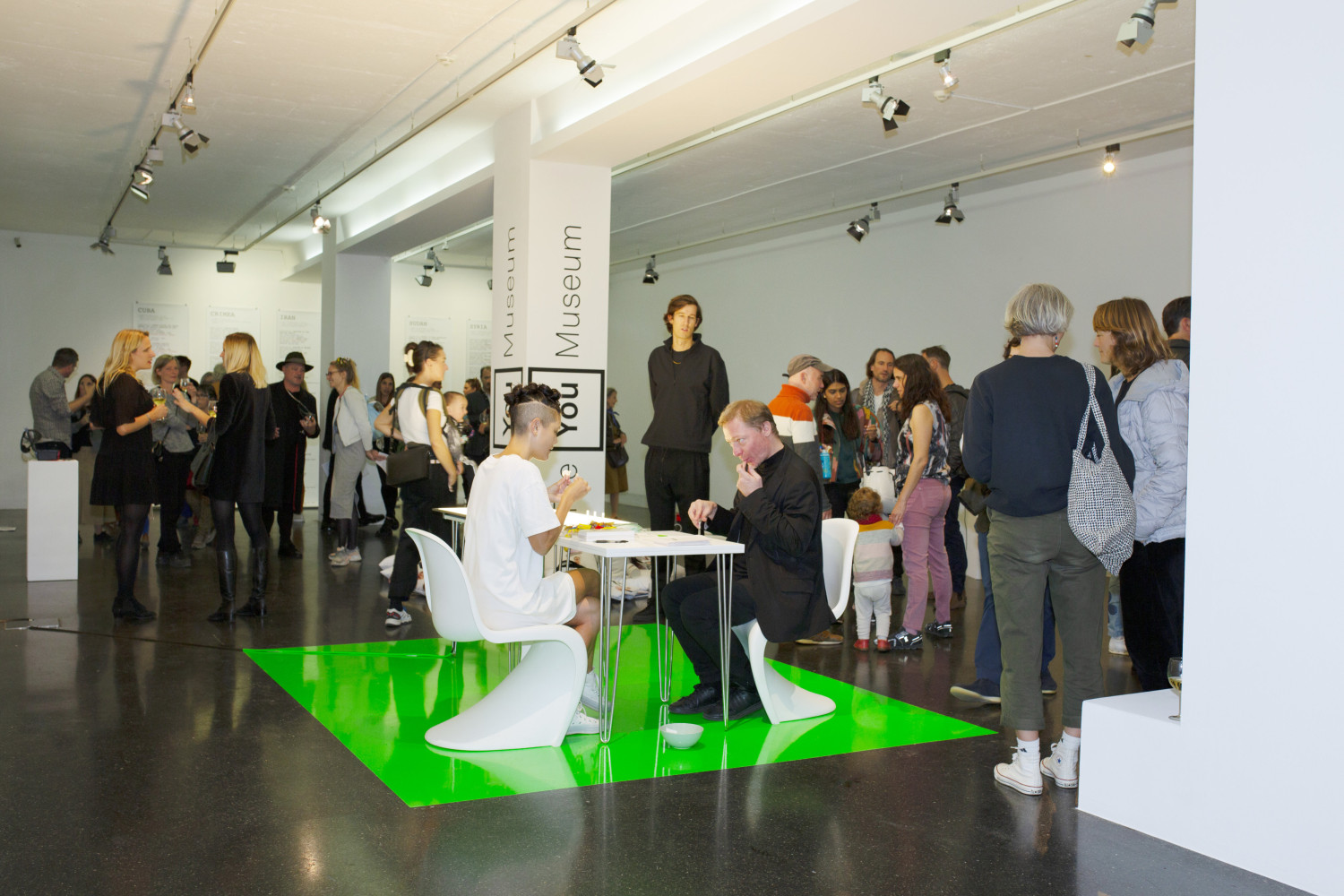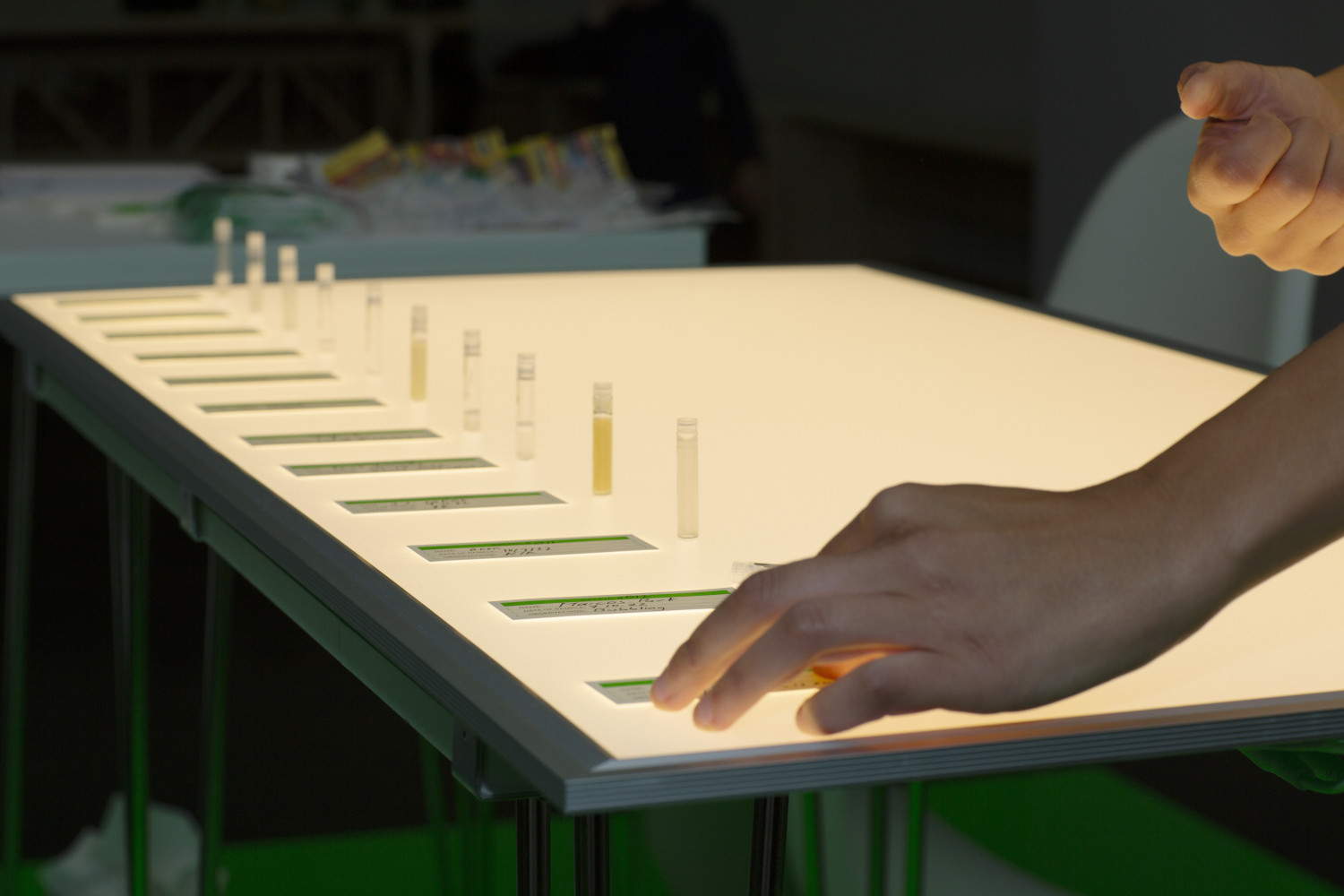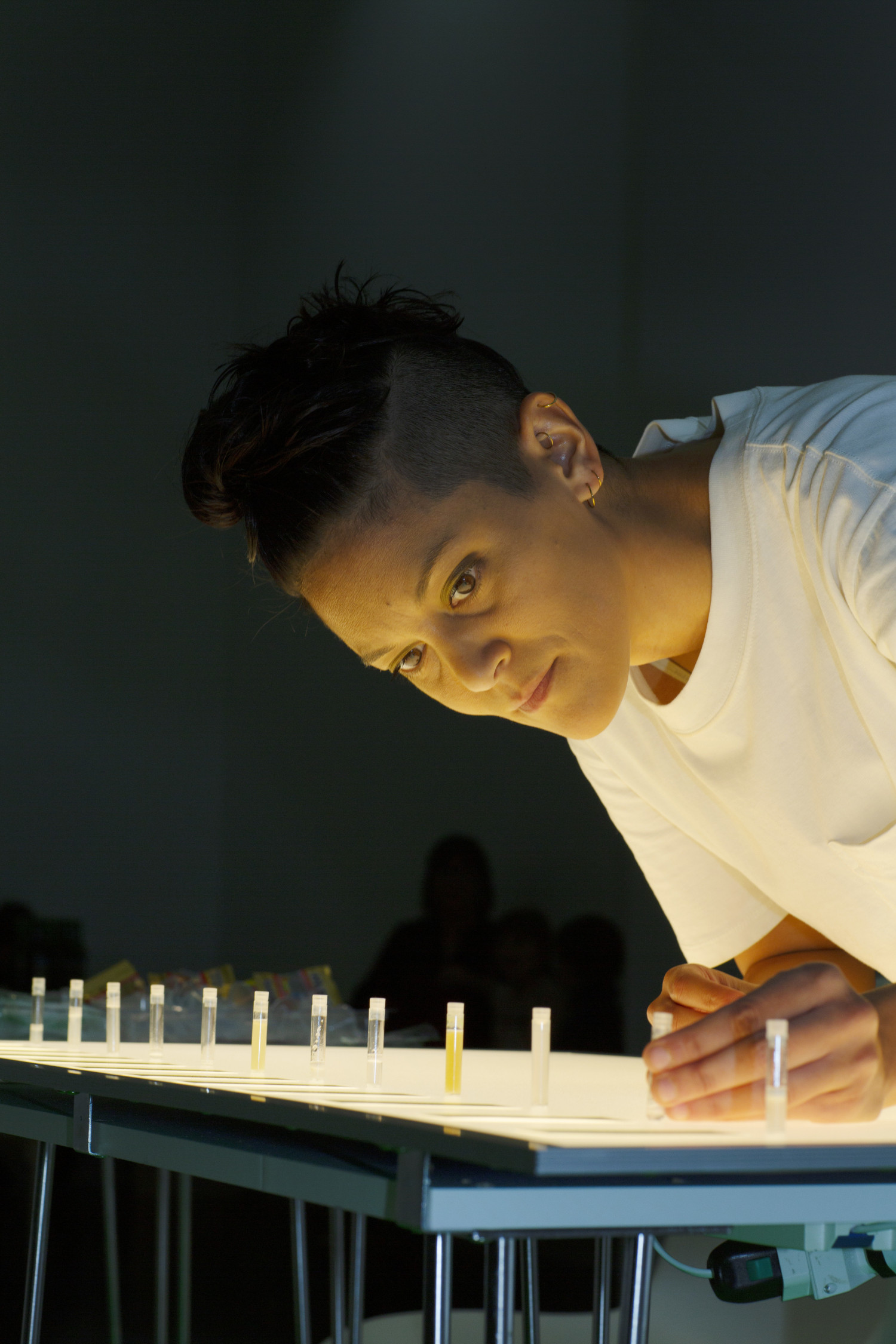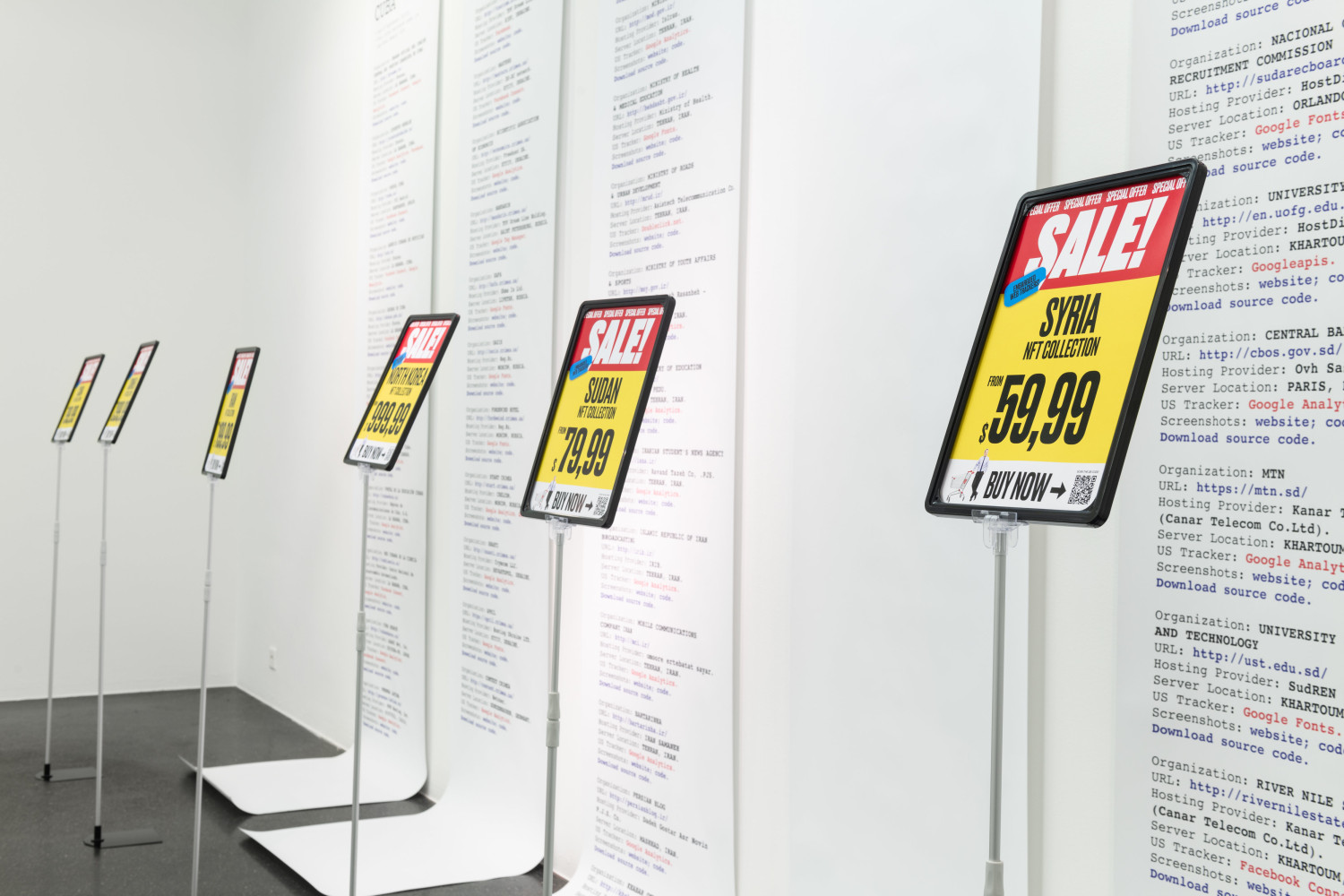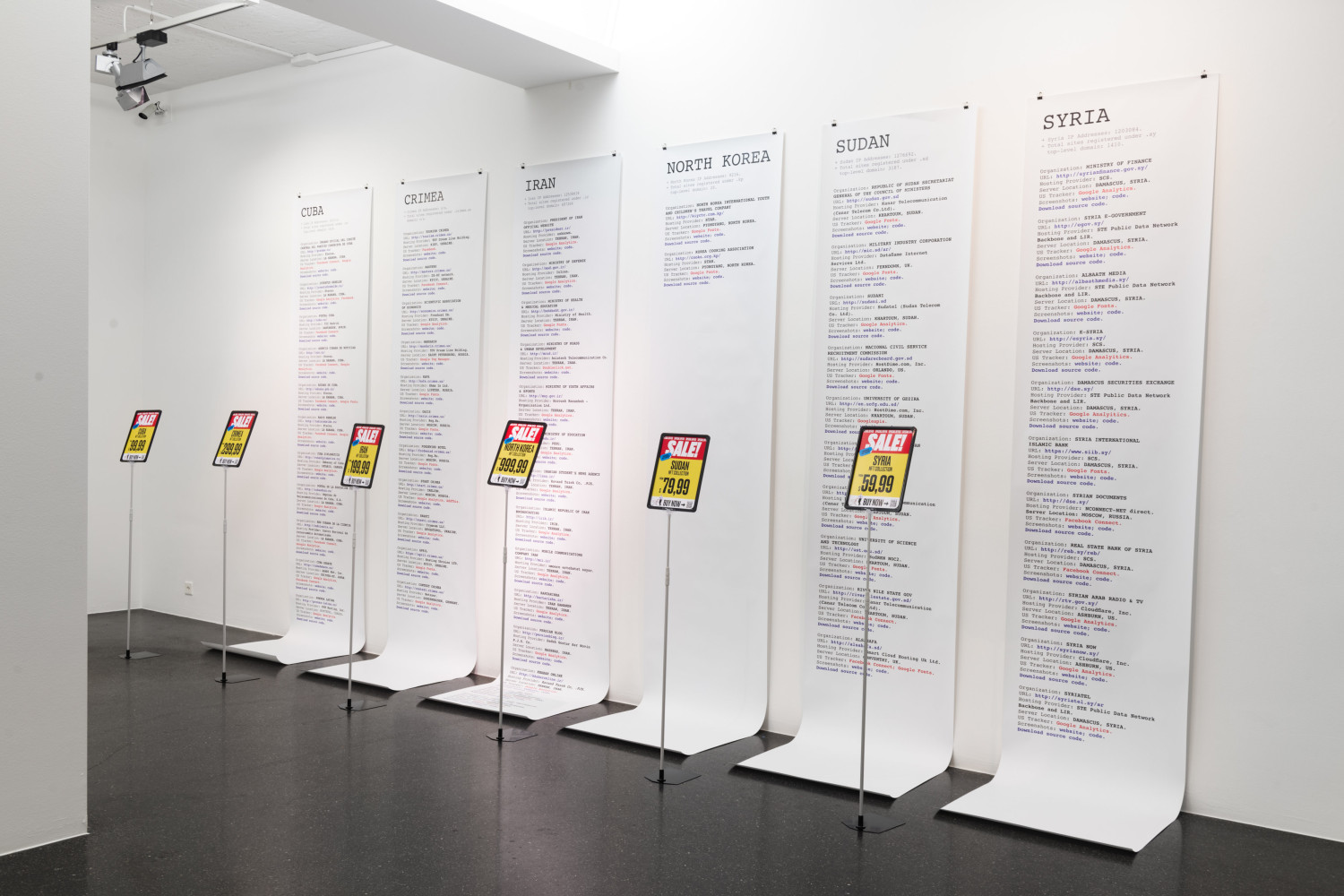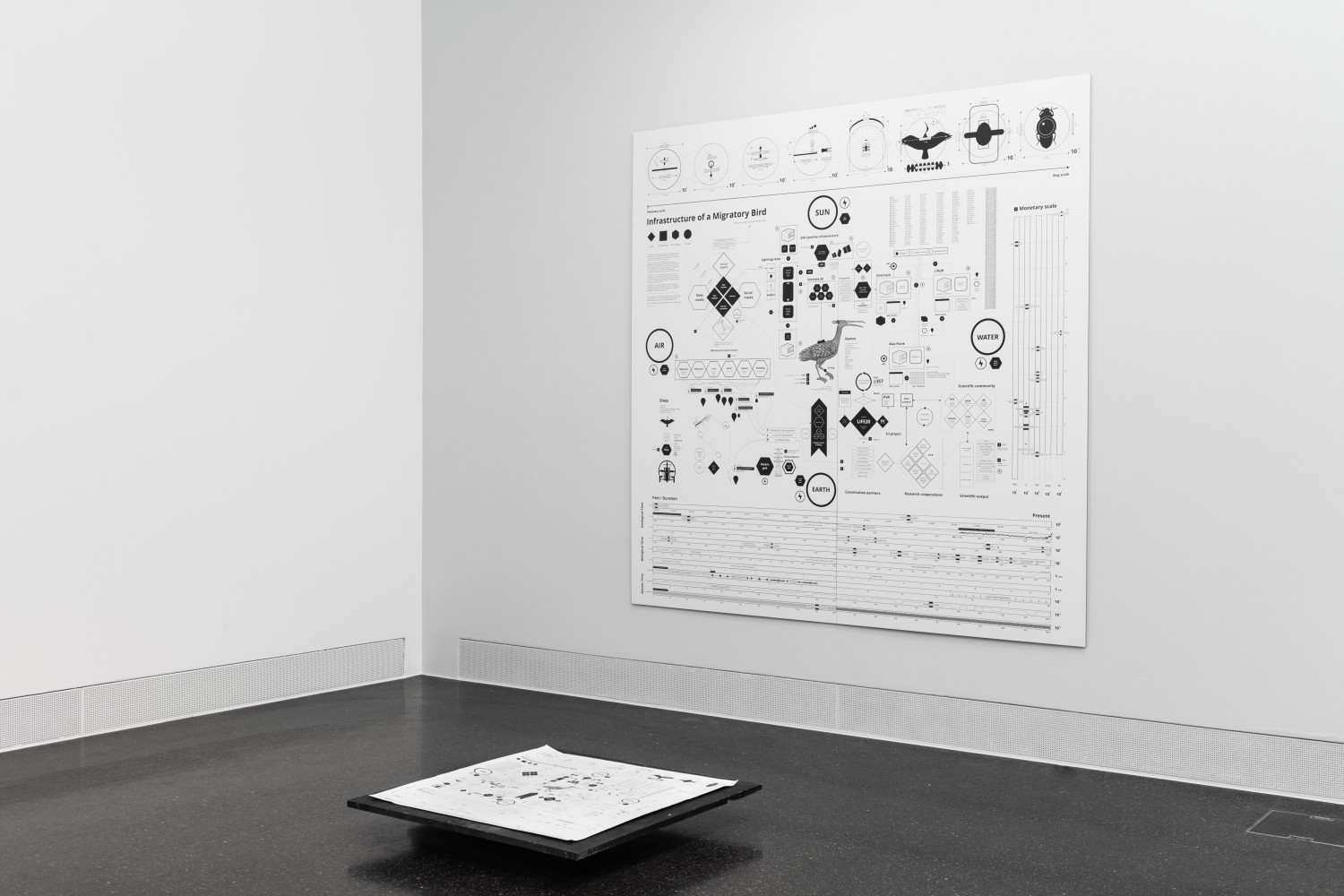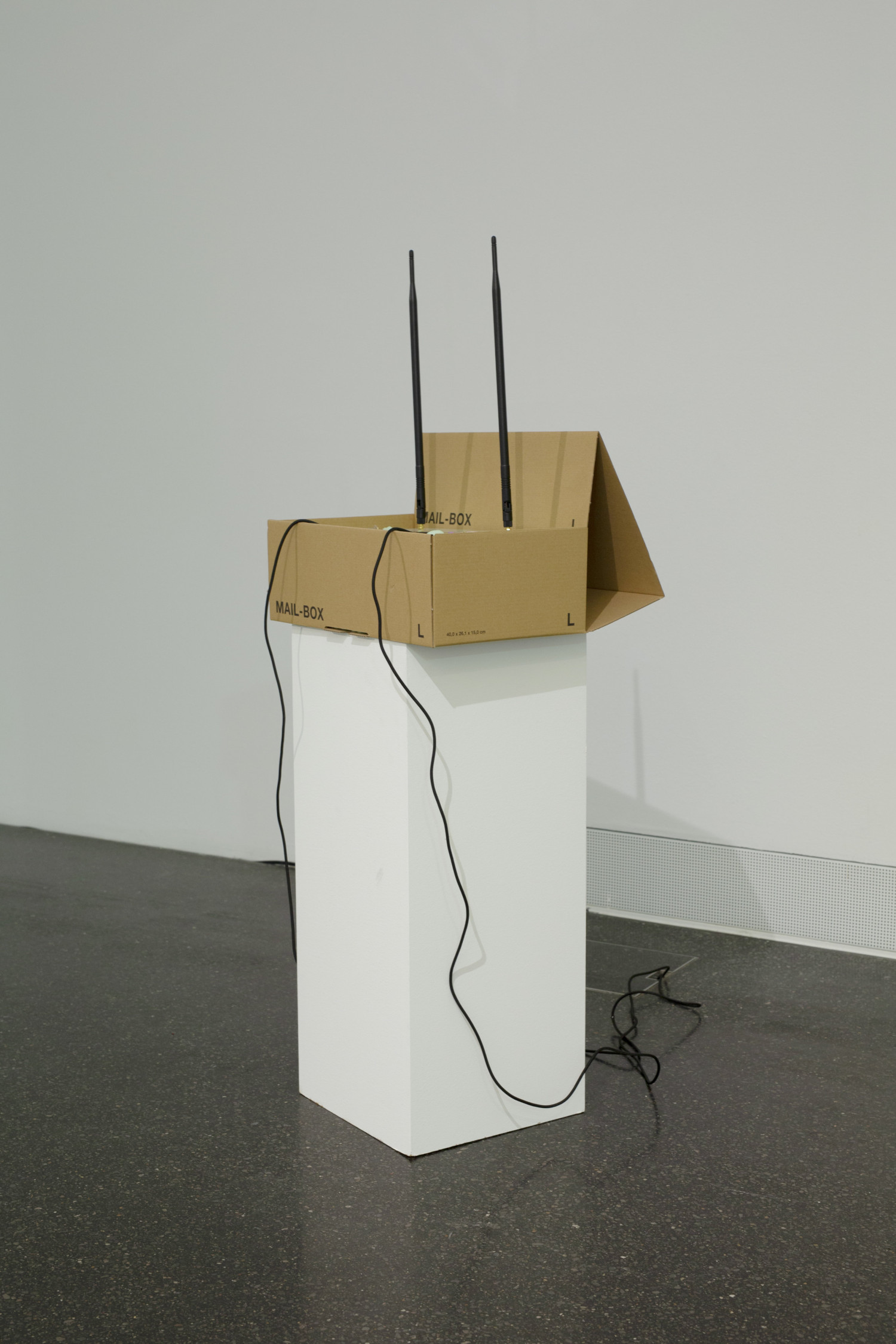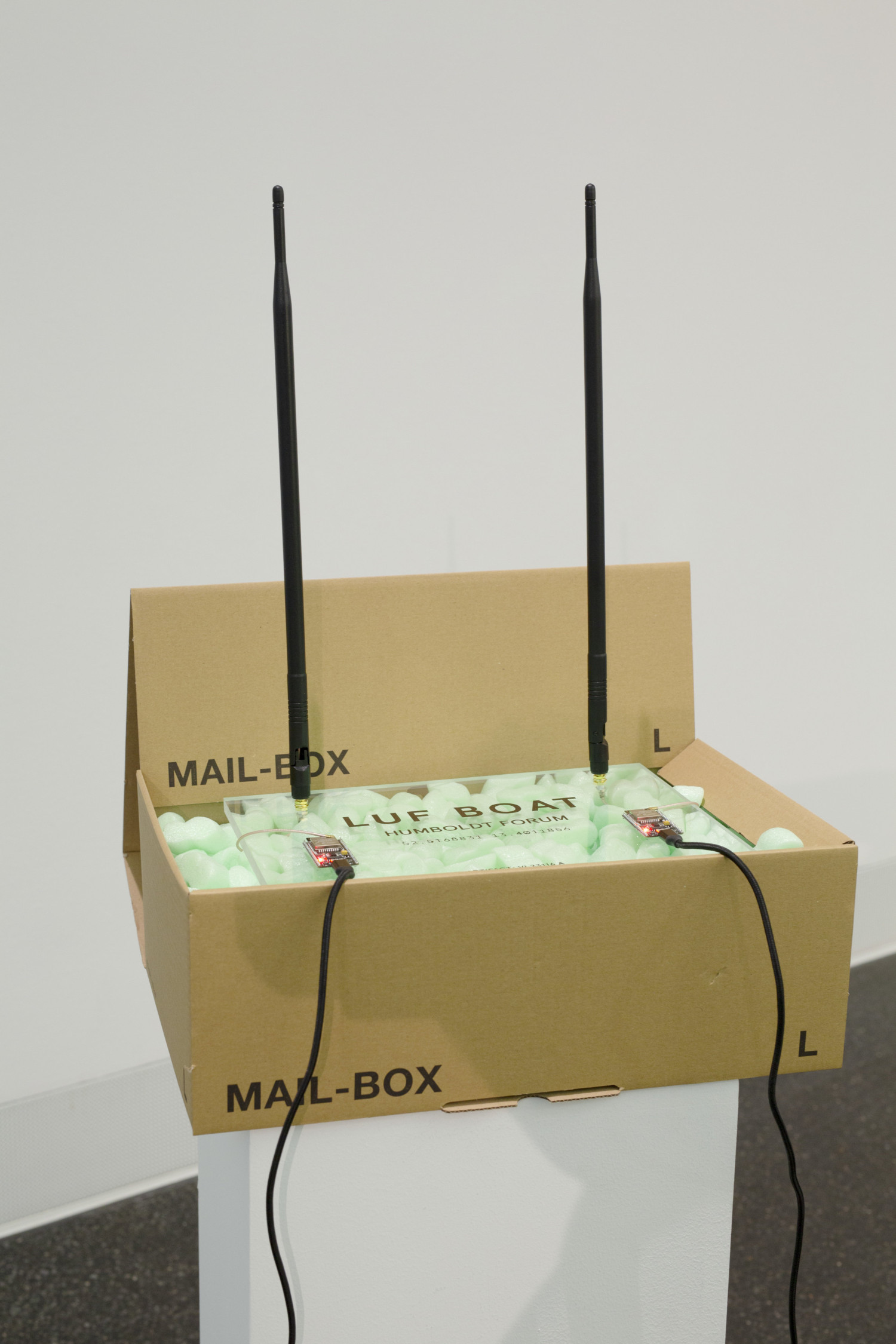
The exhibition Can You See Me Now? critically examine life in a data-driven society.
Where surveillance technologies used to be a specialized part of urban public space mostly aimed at crime prevention and investigation, today surveillance in the form of automated data collection and analysis has become an essential part of contemporary infrastructure—from smart phones to social media, smart home devices, and beyond. Nowadays, surveillance is both hidden and pervasive in its structure and operation. It surrounds us as an “invisible infrastructure” that allows our devices to show us content tailored to “our” interests and respond to “our” desires.
But to what extent is mass observation and data access acceptable? Where is the fine line between new technological advances making our life easier—whether it is physical or virtual—and becoming manipulative?
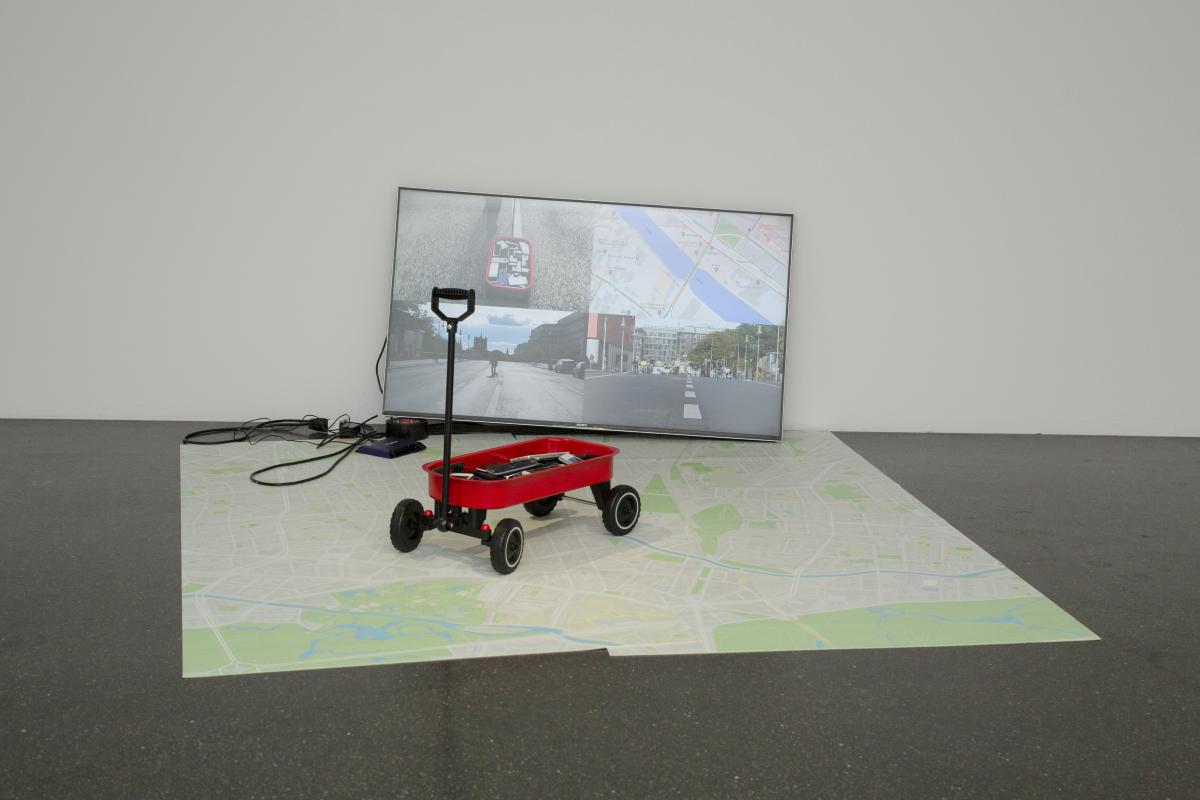
Can You See Me Now? illuminates a variety of artistic and social tactics that address these questions and explore the shift from surveillance as technology to surveillance as infrastructure. The artists focus on making surveillance infrastructures visible by “performing” the technologies in unintentional, experimental ways. Visitors are able to discover new modes of interaction with the technology as well as possibilities to intervene in the systems beyond the aesthetic experience. The exhibition opens a debate about the use of data collection in defining citizens’ rights and liberties, while illuminating a new dimension of its creative potential.
Artists
Jeremy Bailey, Adam Harvey, Vladan Joler, Lauren Lee McCarthy, Joana Moll, RYBN.ORG, Gordan Savičić, Felix Stalder, Simon Weckert
